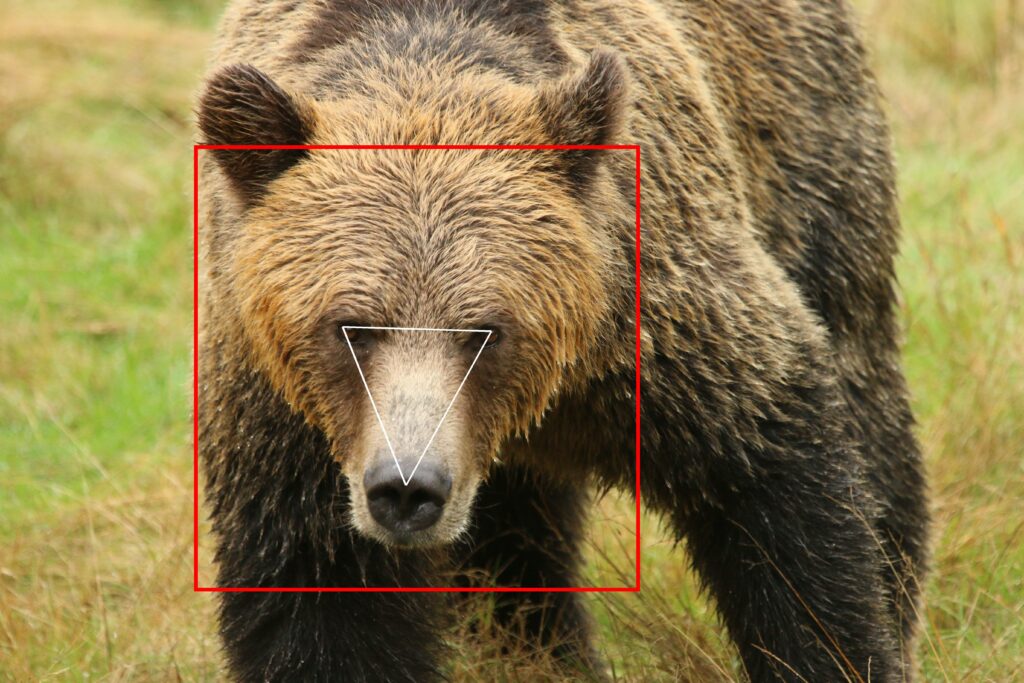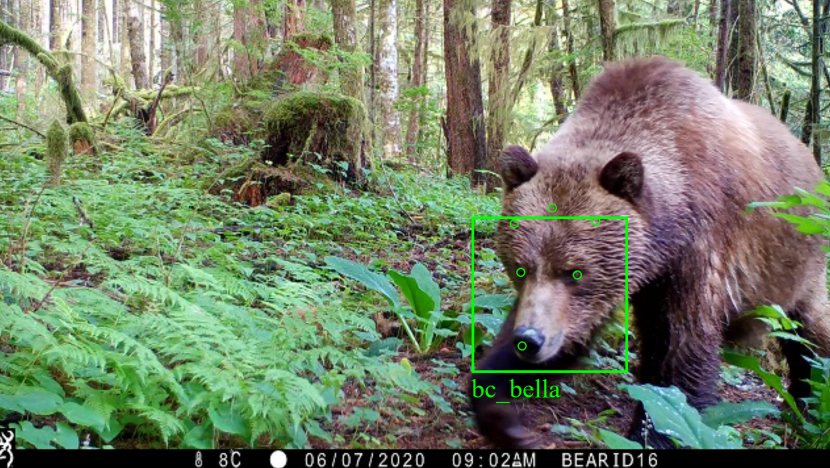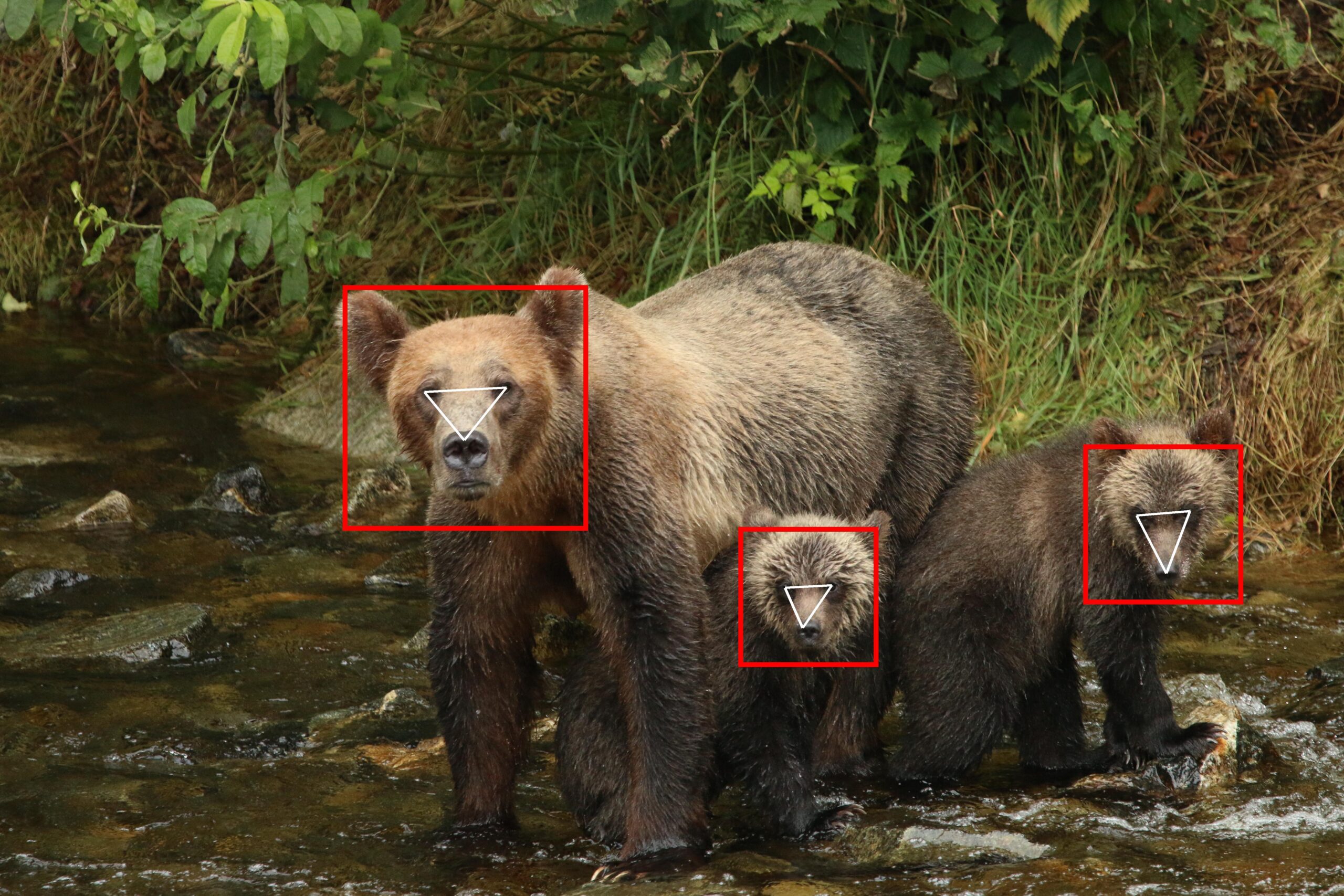Tasked with the huge challenge of conserving nature in a changing world, biologists are turning to new technologies to better understand wildlife and monitor trends. Simultaneously, it is now understood that monitoring programs combining multiple knowledge-based systems improves the management and conservation of wild species and places.

This project, funded by Bears in Mind since 2023 and led by an Indigenous non-profit society called Nanwakolas Council Society (NCS), works within this capacity, advancing bear conservation through automated visual identification, coupled with brown bear research and monitoring using Indigenous Knowledge. The team previously used machine learning to develop software that identifies individual brown bears in images using facial recognition. The team now plans to apply this software to generate vital knowledge for landscape and bear conservation. The team has partnered with Indigenous Guardian programs from six First Nations, combining local knowledge with scientific data on individual bear movements to generate new ecological knowledge and a novel method of wildlife monitoring. The teams approach and open-sourced software will provide a replicable technique that can be applied to other bear species worldwide. Results will directly inform brown bear conservation planning in the Southern Great Bear Rainforest – the largest tract of connected coastal temperate rainforest left on the planet, and therefore of international significance.
All images used here are (c) BearID Project



